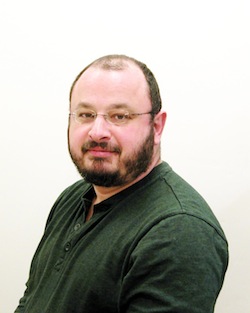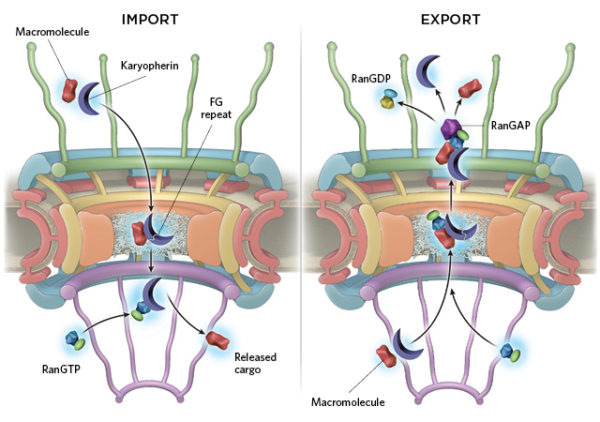
27 Jul TSRC Town Talk:“Biological “Nanomachines,” Biology, Physics & Nanotechnology, 7/31
The Telluride Science Research Center hosts Dr. Anton Zilman from the University of Toronto’s Institute of Biomaterials and Biomedical Engineering. His talk, titled “Biological “Nanomachines: Biology, Physics and Nanotechnology,” concludes the 7-week series of Town Talks presented by TSRC. The event takes place at the Telluride Conference Center in Mountain Village on Tuesday, July 31, 2018, 6:30 p.m. Admission is free; cash bar opens at 6 p.m.

Dr. Anton Zilman, University of Toronto.
The cell is a small building block to life, but it makes up all living things. Cells lend structure and generally work without fail.
Trillions of highly complex cells make up the human body. Every piece of a cell has its own unique purpose – just like a machine. They have the ability to shuffle molecules from one place to another, to pump molecules in and out, as well as being able to replicate DNA and produce proteins.
Emerging devices that can mimic those functions are called nanomachines.
The interface of physics, biology and bioengineering is where Anton Zilman and his research group at the Institute of Biomaterials and Biomedical Engineering live. There Zilman and his colleagues are developing the quantitative understanding of the systems and processes that could lead to new bio-inspired devices that could improve medical practices.
On Tuesday, July 31, Zilman will give the final TSRC Town Talk of the 2018 season at the Telluride Conference Center. The presentation, titled “Biological “Nanomachines”: Biology, Physics and Nanotechnology,” will explore the challenges and possibilities related to cellular transport signaling. A short interview and Q&A session moderated by Emmy and Peabody award-winning television correspondent and professor emerita of broadcast journalism at USC’s Annenberg School of Communication and Journalism, Judy Muller, follows.
Specifically, according to Zilman, he is “making mathematical models to understand the results arising from these experimental tools to understand one specific ‘nanomachine’: the Nuclear Pore Complex.”
The question on the table is what exactly is the Nuclear Pore Complex?
NPCs are large protein complexes that fuse the inner world of the cell with its surrounding nuclear membranes, forming a channel across the nuclear envelope. They are an extensive macromolecular body with a complex makeup designed to perform diverse functions. Not only do these devices facilitate nucleocytoplasmic transport, NPCs are a part of a chromatin organization, regulating gene expression and DNA repair.
While Zilman’s focus is computational, he works closely with experimental biologists, clinicians, and bioengineers. These other scientists are working on artificial “nanomachines” that utilize the current understanding of how the NPC works to build practical applications.
According to Dr. Zilman, the following photo explains an NPC:
“The interior, or ‘symmetric’ core is composed of an inner ring and two outer rings that sit on either side of the nuclear envelope. The NPC symmetric core helps to stabilize the extreme curvature of the nuclear membranes abutting the core, forms the diffusion barrier, and provides a central transport channel. On the outside, the NPC symmetric core is decorated with proteins called cytoplasmic filaments that participate in protein transport and mRNA export.”

Zilmans’s talk will be the last of a seven-week series sponsored by the nonprofit Telluride Science Research Center (TSRC), the world’s largest independent molecular science center, with a network of over 5,000 preeminent scientists from over 90 countries and 500 institutions.
This summer, TSRC has hosted 46 workshops organized and attended by scientists from around the world. The unique, small-workshop format allows field leaders and emerging scientists to collaborate and challenge each other to go deeper and press farther into understanding the science that could solve problems that face our entire planet. Developments arising from workshops and discussions have the potential to have wide impact on our environment, disease prevention and treatment, space exploration, and more.
About TSRC:
With a network of over 5,000 preeminent scientists from over 90 countries and 500 institutions, TSRC generates the fundamental knowledge-base for new solutions in many fields including energy, medicine, water, climate, national security, and advanced materials for computing and manufacturing.
To learn more about TSRC and the capital campaign to purchase the Telluride Depot as TSRC’s permanent home, visit telluridescience.org.


Sorry, the comment form is closed at this time.